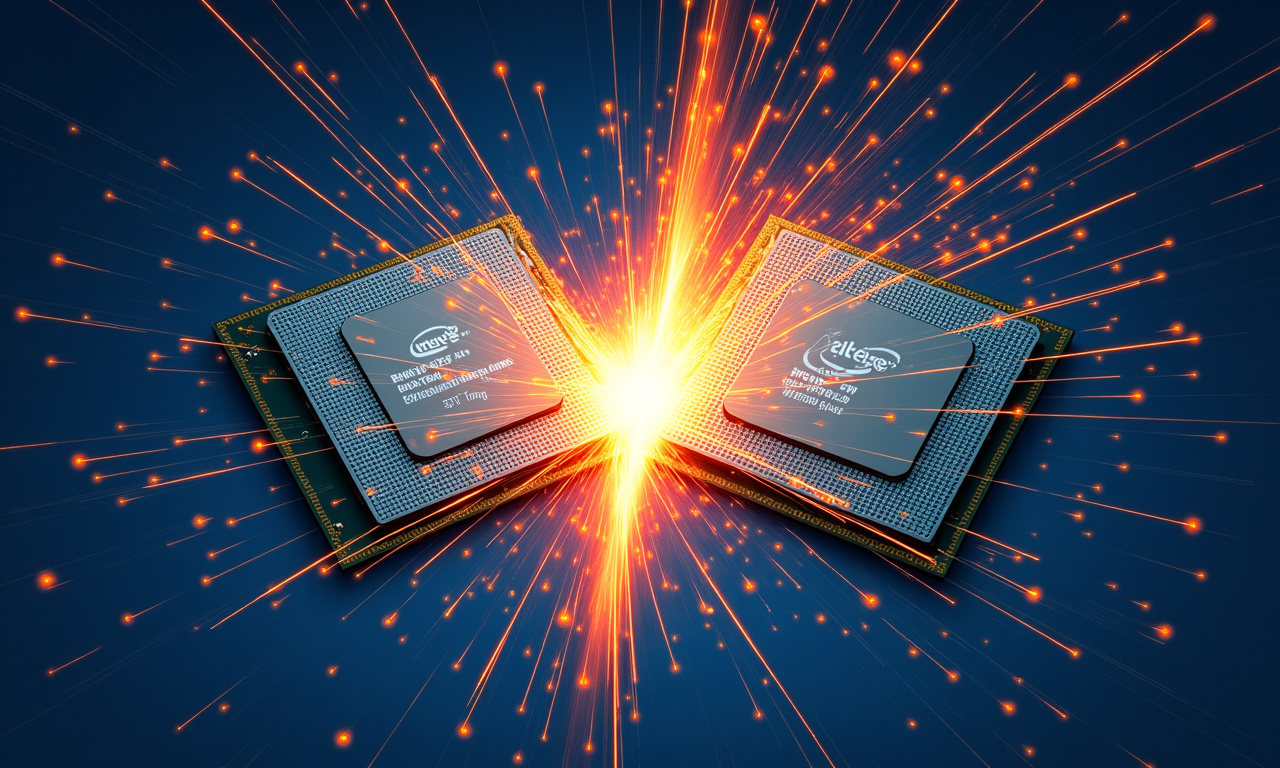California-based startup Bolt Graphics has sent ripples through the tech world by confidently announcing that its new graphics cards will dramatically outperform Nvidia’s RTX 5090. The claim is that in path tracing, a key performance indicator for both gaming and professional visualization, their product is 13 times more efficient. What’s more, Bolt promises these results at a fraction of the power consumption that is typically seen in the market today.
Zooming In
Industry Context: Racing Ahead
The burgeoning GPU market is currently the darling of sectors ranging from gaming to artificial intelligence. Nvidia has long been the undisputed champion here, with only sporadic challenges from new contenders. But with Bolt entering the ring armed with audacious promises, the landscape might be on the verge of tectonic shifts.
Technical Specifics: What Makes Zeus Tick?
At the core of Bolt’s bold promise is its Zeus architecture, which they claim combines high performance and low power consumption. The GPUs purportedly excel in path tracing tasks at just 120 watts-remarkably less than what Nvidia’s RTX 5050 sips. Bolt has wisely chosen the universally familiar 8-pin power connectors, eschewing the proprietary connectors Nvidia sometimes opts for, which have had their own overheating controversies.
These GPUs pack a punch with 512 MB of cache and a VRAM potential reaching 2.3 TB. Not stopping there, the architecture supports expandable memory options that include fixed configurations of 32/64/128 GB with SO-DIMM slots amping this up to 384 GB. Such lofty specs are enough to make both gamers and professional users sit up and take notice.
Industry Reactions: Healthy Skepticism
Of course, not everyone is grabbing their popcorn for a David vs. Goliath showdown just yet. Experts are giving Bolt’s claims a raised eyebrow. They point out the relatively low TFLOP ratings and older VRAM versions that could spell trouble in real-world gaming and performance tests. The buzz is that Bolt might be dressing server-grade hardware in gamer’s clothing, a move not unheard of among tech startups seeking spotlight attention.
Peeking over the Shoulders of Giants
Comparisons to the current gold standard-Nvidia’s RTX 5090-are inevitable. The RTX 5090 is celebrated for its mix of powerful efficiency coupled with state-of-the-art ray tracing and AI capabilities. For Bolt Graphics to truly throw down the gauntlet to Nvidia, Zeus will need to consistently deliver not just in the lab, but in hands of everyday users.
Future Outlook: The Big “If”
As interest piques in AI accelerators and GPU innovation, Bolt has positioned itself as a pioneer ready to map new frontiers. Verification through performance benchmarks will prove if Bolt offers more than just smoke and mirrors. Should their claims be validated, the entire industry could benefit from newfound competition and creativity. In contrast, if these claims fall apart under the litmus test of consumer scrutiny, Bolt Graphics may become a cautionary tale for other ambitious newcomers.
Bolt has tapped into industry chatter and curiosity with its audacious narrative. The coming months will determine if they can shift from rhetoric to reality, turning heads not just with words, but with lasting technological impact.








